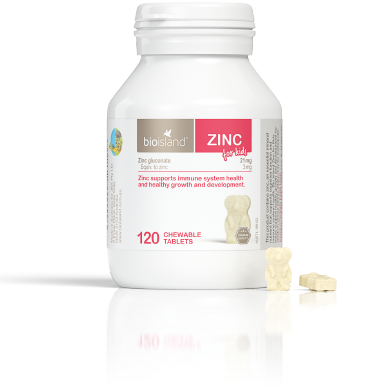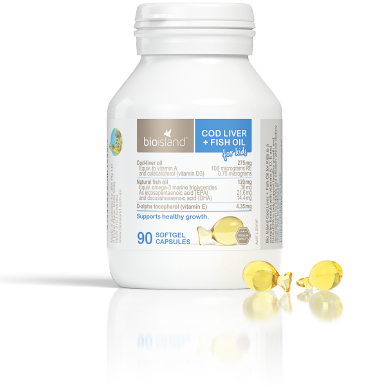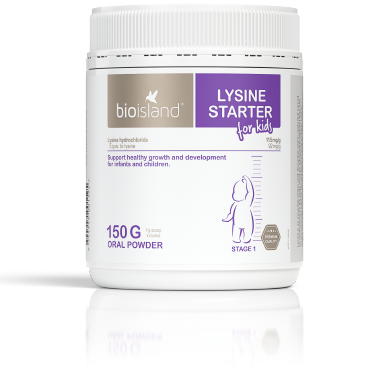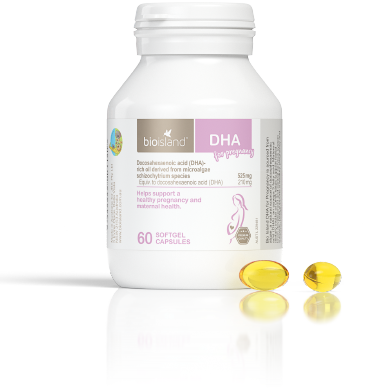
Blood sugar and GI, what they are and how to maintain healthy levels
Carbohydrates take the forms of starches and sugars, when digested these carbohydrates are broken down into glucose molecules.
By Bio Island Nutrition Team
When shopping or preparing your weekly meals, do you consider the glycemic index of the foods or the effect they may have on your sugar levels?
Generally, we see and hear enough about staying healthy, but an easy way of selecting foods can be by looking at low glycemic index foods.
Carbohydrates take the forms of starches and sugars. When digested these carbohydrates are broken down into glucose molecules which are then released into the bloodstream. When glucose levels rise, your body will then release a hormone called insulin, which allows glucose to enter cells. Insulin too plays a role in fat storage, when insulin levels rise, our cells will burn glucose over fat. We all know that carbohydrates are an essential part of living a healthy life, but not all carbohydrates are rated equal in regard to the affect on blood glucose levels. A numeric score is given to a food based on how it makes blood sugar levels in the body rise. Foods are ranked from 0 to 100, with pure glucose or sugar sitting at a value of 100. Carbohydrates that have a low GI value of 55 or less, are generally slower digested, absorbed and metabolized and then finally cause a minor and slower rise in blood glucose and then insulin levels. Levels above will cause a spike in blood glucose and are often good for athletes who perform high intensity activities as it can help provide a great level of energy for recovery.
- 55 or less = Low or ‘good’
- 56-69 = Medium
- 70 or higher = High or ‘bad’
The key thing to remember is the number is only a starting point and could change once on the plate.
- Preparation: Fat, fiber and acid will lower the GI. On the other hand the longer you cook pasta the higher the GI will be.
- Ripeness: As some fruits ripen, like banana, their glycemic index goes up.
- Eating foods at the same time: to bring down the overall glycemic index of a meal, combine a high GI food with foods that are lower.
- Health status: Your personal health make up, age, how active you are, and any health issues can all play a role on how you digest carbohydrates as well.
- Finally, just because it has a lower GI does not necessarily mean its healthier. Potato chips have a lower GI than green peas, but green peas offer more nutrients.
How to maintain healthy levels:
Listed below are ways to help keep your blood sugar levels in check and healthy.
- Exercise: helps you not only feel amazing but also supports and increases insulin sensitivity.
- Fiber: by increasing your fiber intake you will slow down the digestion of carbs and sugar absorption. While soluble fiber has been shown to specifically lower blood sugar levels, its still important to eat both types of fiber.
- Water: staying hydrated helps your body stay in healthy limits but also helps the kidneys flush out any excess sugar through urine.
- Low GI Foods: choosing foods that are in the low GI foods category
- Glycemic Index Symbol Program: In Australia in 2002, the glycemic symbol program was launched to help consumers identify GI foods, making selection much easier.
Next time when doing your weekly shop review your choices of carbohydrates, looking for foods that have the glycemic symbol and help yourself feel healthy and more energetic.
Learn more about the Glycemic Index Symbol here: https://www.gisymbol.com/
This information does not take into account your personal situation and is general in nature. You should consider whether the information is appropriate for your needs and seek professional medical advice.
Always consult your healthcare professional before taking any supplements or if any concerns arise.




